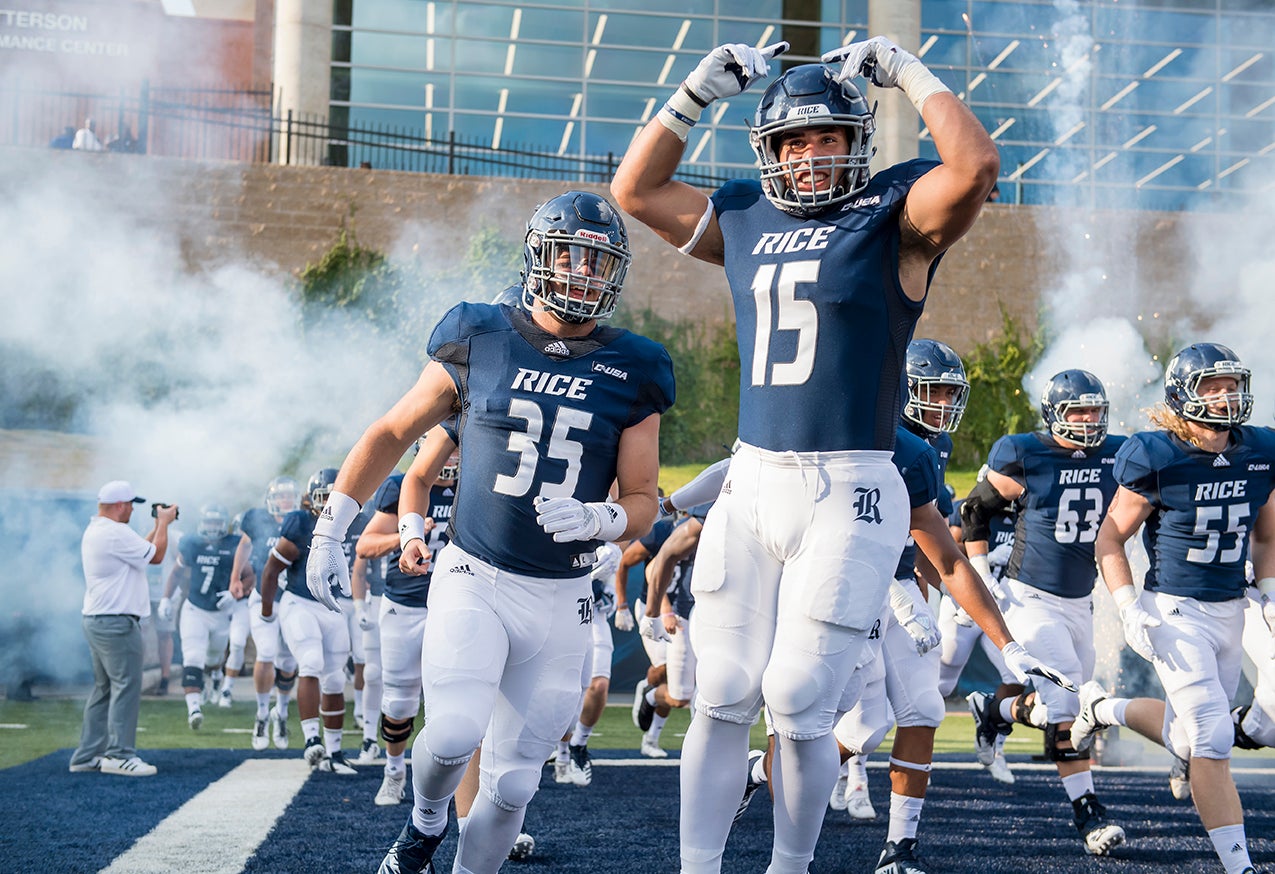

It’s much easier to fathom the likes of Penny Hardaway and Memphis or UConn making the trip to Bartow Arena than them ever letting their teams step foot in The Burrow.

: (FAU #FAU /uELh9mC387- Ken LaVicka March 5, 2021įAU Arena is a glorified high-school gymnasium. The biggest thing holding back Florida Atlantic, if we’re accounting for more than football is an abysmal basketball arena. Prior to Protective Stadium’s arrival in Birmingham and the competition of the Schmidt Family Complex in Boca, both teams would have been in position on-field, but were severely lacking in terms of the type of athletic facilities needed to be viable contenders at the next level. Which programs are in the best position to leave?Įric: Hate to be repetitive here, but FAU and UAB’s recent additions as far as facilities are complete game-changers.

I will say that Charlotte and Marshall are also on the precipice of something exciting if Will Healy and Charles Huff stay for at least a few more years and add on to what they have started building. I think you can also make arguments for most of the other teams in the conference, at least on some level. If C-USA wants to continue to grow its national footprint, letting this sprout continue to grow is essential. Jeff Traylor has things going in a great direction on the field, the new facilities look like the inside of a spaceship, and this program is barely a decade old. But I think this UTSA program is on a path to being something really special. Joe Londergan: Obviously, this is my own opinion.and I’m taking football-only into consideration. I think there are really only four: UTSA & Charlotte for marketability and growth potential, and La Tech & WKU for programs that often field competitive teams. But there is a good chance that at least one of those schools leave for the AAC so the teams C-USA really cannot lose are those that have strong potential to be consistently competitive and impactful in the future. William Sumner Macdaniel: If we are looking at on-field success and the programs that would keep C-USA competitive as a G5 conference it would have to be those schools that are always at the top-UAB, Marshall, and FAU. UAB and Florida Atlantic immediately top that list, with programs like Marshall & Western Kentucky filling in as overall winners you wouldn’t want to let go if you didn’t have to, but not necessarily being irreplaceable from the standpoint of their geographical footprint and where they’re located. Jake Auten: All things considered, whether it be attendance numbers, academic progress rate, program stability etc., winning games is still the make-or-break factor for overall growth, and this league can’t afford to lose its consistent contenders. Now, in respect to the Herd, the same argument can be made as far as on-field results - but we all know that the discussion surrounding conference expansion is larger than that - as Boise State fans can attest.
#RICE AMERICAN ATHLETIC CONFERENCE UPGRADE#
However, given the infusion of money and upgrade facilities, both programs have yet to scratch the surface of their long-term potential. Yes, I know that answer will upset the folks in Huntington. Which programs could C-USA least afford to lose?Įric Henry: If we’re speaking strictly in terms of football, UAB and Florida Atlantic have to be considered the top two teams. Our UDD Staff gives their thoughts on how the latest expansion could affect Conference USA and which schools may be prime candidates for the AAC. While there’s a tentative target date of 2024 for the three AAC members to begin play in the Big 12, all three schools may be let out prior. With the latest round of college football shuffling and reseeding, this time involving the Big 12’s raid (or addition depending on your vantage point) of UCF, Houston and Cincinnati from the American Athletic Conference, it’s only fair to look at where the American may turn to find new members.


 0 kommentar(er)
0 kommentar(er)
